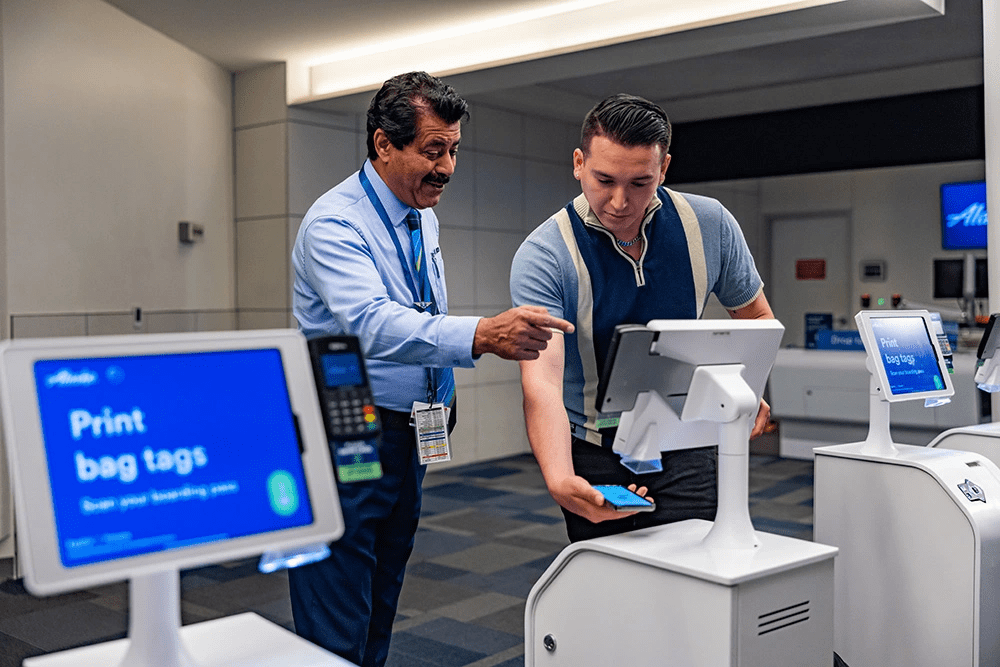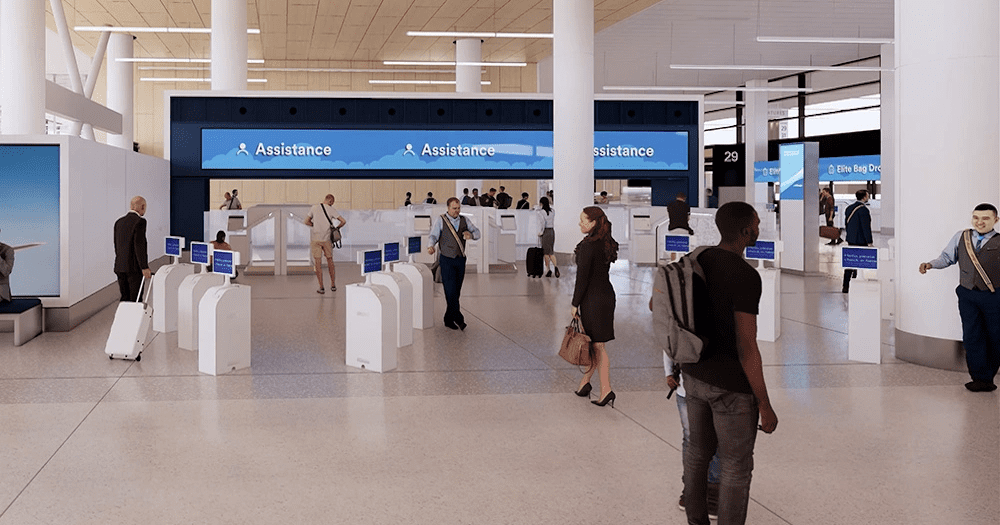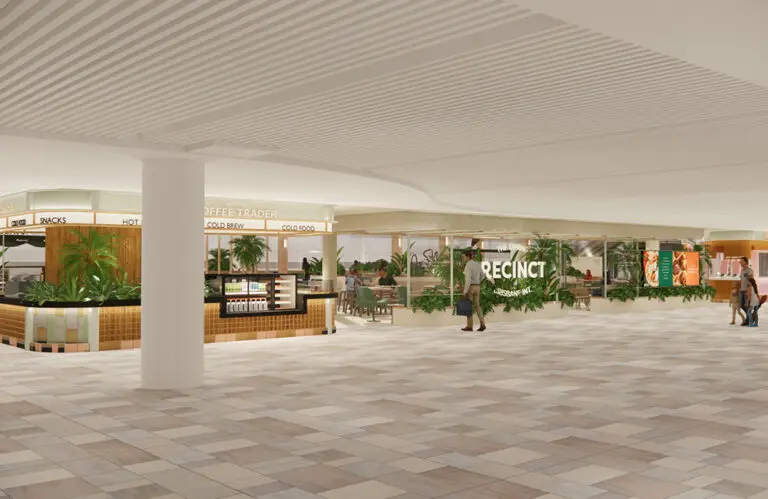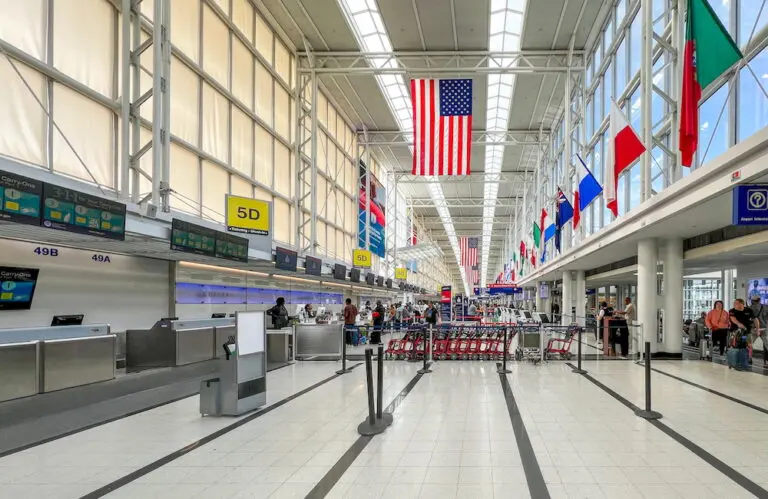Five minutes or less. That’s how quickly Alaska Airlines (AS) aims to move travellers through the airport departures hall and to security at its major hubs. But how exactly does it plan to achieve this remarkable feat?
For starters, Alaska Airlines will eliminate check-in kiosks at its main airports.
Part of a three-year, US$2.5 billion (AU$3.7 billion) plan to upgrade the airport experience at its hubs and focus cities including Seattle, Portland, San Francisco, Los Angeles and Anchorage, the move will see AS passengers only use their mobile phones to fly through the airport lobby – just like they would at sporting events and concerts, the carrier says.
Fewer queues and more time to relax in a restaurant or bar while waiting for your flight? Now that sounds good to us.
Ironically, Alaska was the first U.S. carrier to introduce self-service check-in kiosks, and it now plans to remove them. Incidentally, it was also the first American airline to launch an electronic bag tag program.

How it works
The new system will see passengers check-in online, tag their luggage at a new iPad-based station, and finally use a self-service bag drop.
According to USA Today, Alaska’s senior vice president of merchandising and innovation, Charu Jain, said the carrier was “always looking out for pain points for our guests and researching”.
“One of the pain points is definitely the lobby experience,” she remarked.
“It’s peace of mind to say come prepared and if you already have a boarding pass then you’re going to sail through this thing.
“At a kiosk, a guest would spend 2-3 minutes and at these bag tag stations, the average time is 45 seconds right now.
“You can always see an agent for any of these things, but you have the self-service options, which will allow you to move faster through the lobby.”
Jain said the airline had “no plan to reduce any staffing” as a result of the initiative.
“We want to make sure our agents are available to take care of our guests,” she said.
“As the airports are getting more congested, how do we improve the throughput through it? It’s not cost driven, it’s really reimagining the guest experience.”






